Minister Dao Ngoc Dung said that improving the skills of workers is the key to bringing prosperity to Vietnam. In particular, improving the quality of vocational education and attracting the cooperation of businesses will create a breakthrough.
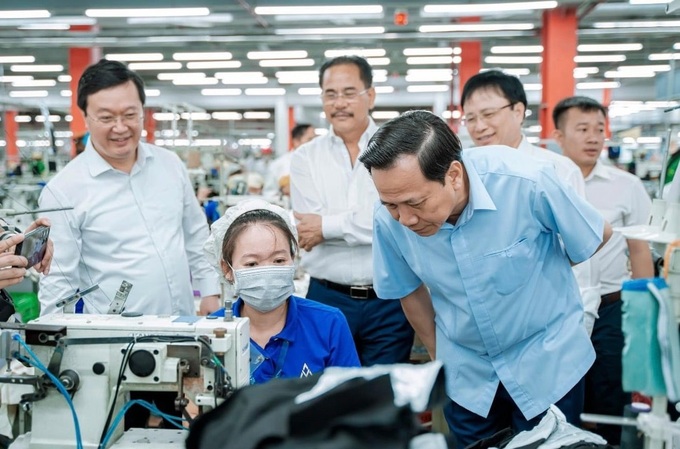
Opportunities intertwine with challenges
According to experts, to fully prepare for the new era, the era of opportunities for Vietnam to increase labor productivity, it is necessary to have synchronous policies right now to improve the quality of education and enhance the quality of labor to meet the needs of the times.
The new year 2025 has officially turned a page. Looking back at the past year, the Department of Labor, Invalids and Social Affairs is full of confidence and pride in having successfully completed the Government's work programs.
One of the notable points of the Ministry of Labor, Invalids and Social Affairs in developing legal policies is that the National Assembly has passed the Law on Social Insurance and the National Assembly is considering the draft Law on Employment (amended). At the 8th Session of the 15th National Assembly, the draft Law on Employment (amended) was highly appreciated by many experts because of its major changes, creating conditions to promote the development of the labor market, helping workers have stable jobs.
According to Mr. Dao Ngoc Dung, Minister of Labor, Invalids and Social Affairs, this revised Law on Employment is very necessary to institutionalize the Party's policies and guidelines, ensure consistency, unity and suitability of the legal system under the management and regulation of the State; meet the needs of socio-economic development; be consistent with international commitments that Vietnam participates in, contribute to promoting the development of the labor market, towards ensuring sustainable employment for all workers.
The Draft Law on Employment (amended) has a number of major amendments and supplements with 4 policy groups: Flexible, effective, modern, sustainable, integrated and focused labor market management; Perfecting unemployment insurance policy as a tool for labor market management; Developing vocational skills, improving the quality of human resources; Promoting sustainable job creation.
These are solid policy foundations for developing a strong workforce in both quality and quantity.
Regarding the quality of human resource training in the context of Industry 4.0, Director of the Institute of Labor Science and Social Affairs (Ministry of Labor, Invalids and Social Affairs), Dr. Dao Quang Vinh, said that each Industrial Revolution (IR) that takes place leads to strong changes in the structure of human resources and employment.
And like the three previous industrial revolutions, the 4th Industrial Revolution has the potential to bring many benefits to workers through increased labor productivity leading to increased income, the creation of many new products and services to help improve the quality of life and especially opening up the labor market, creating many new jobs.
Economists believe that the Fourth Industrial Revolution, with the emergence of high technology, smart machines, robots with artificial intelligence, etc., will have a major impact on the labor market and employment from many different perspectives. The impact of the Fourth Industrial Revolution on employment will be a shift from labor-intensive to knowledge-intensive and technology-intensive production.
According to the United Nations, about 75% of the world's workforce could lose their jobs in the next few decades. Another study by the International Labor Organization (ILO) found that about 56% of workers in five Southeast Asian countries are at risk of losing their jobs to robots. Vietnam is one of the countries most affected by the 4th Industrial Revolution.
ILO warns that in the next 10 years, about 70% of jobs in industries that employ a lot of unskilled labor in Vietnam such as footwear, electronics assembly, seafood processing, retail services (in the textile industry alone, about 86%)... are at high risk of being replaced by modern machinery and equipment.
In Vietnam, the 4th Industrial Revolution, based on technology and engineering, has brought about significant opportunities and challenges for the development of the labor market.
According to the General Statistics Office, Vietnam's population is currently over 95 million people and is in the golden population period; human resources are quite abundant and the workforce is young, dynamic, and can quickly access new technologies. This is one of the advantages for the Vietnamese labor market in the new era.
In addition, it is necessary to equip more skills and qualifications in information technology application, soft skills such as self-management and self-organization, communication skills, interaction and problem solving, project management... These are very important skills for workers in the new era.

Skills are seen as the new currency of the global labor market.
Minister Dao Ngoc Dung said that improving the skills of workers is the key to bringing prosperity to Vietnam. In particular, improving the quality of vocational education (VET) is a decisive factor in having a workforce with suitable skills; attracting the participation and companionship of businesses is a breakthrough solution.
According to Minister Dao Ngoc Dung, a recent study shows that in the next 10-15 years, about 1/3 of current jobs will change due to the impact of information technology, robots, automation and artificial intelligence (AI); about 40% of the global workforce will not have the skills suitable for their jobs.
“But if countries focus on developing workers’ skills, taking people as the center, they can boost GDP growth by up to 2%. Skills are even considered the new currency of the global labor market,” according to Minister Dung.
Minister Dao Ngoc Dung also pointed out that while the shortage of skilled labor is a major global challenge, it is an opportunity for young people, those who are healthy, enthusiastic, have dreams and ambitions to rise up to master technology, master life and contribute to the development of the world.
The leaders of the Ministry of Labor, Invalids and Social Affairs affirmed that young people are both the target, the driving force and the lever to improve the skills of Vietnamese workers, thereby creating outstanding labor productivity, enhancing national competitiveness, helping Vietnam escape the middle-income trap and develop strongly in the coming time.
Regarding businesses, the Minister appreciated the proactive participation of businesses through signing ceremonies for training cooperation with vocational schools. However, in order to have substantive and effective cooperation and high working skills after graduation, businesses need to closely coordinate with schools from the recruitment stage, program development, to training organization and receiving students after graduation.
Minister Dao Ngoc Dung shared that in Germany, France, New Zealand, Australia, and Romania, businesses must organize vocational training themselves. But in Vietnam, the State is providing training for businesses.
“Therefore, businesses must see this as an opportunity and cooperate with schools to invest initial capital in the community. In the long term, the beneficiaries are businesses,” he said, adding that it is necessary to implement two “schools” in parallel. One school with teachers, lecture halls, and practice rooms as it is now. The second is that each business must be a vocational school.
To achieve this goal, according to Minister Dao Ngoc Dung, Vietnam's vocational education sector will become dual training and Vietnamese labor skills will be a good source of human resources, not outside the needs of businesses, not outside the demands for new breakthroughs in the era of national development.
Source: https://dansinh.dantri.com.vn/nhan-luc/nang-cao-ky-nang-cua-lao-dong-la-chia-khoa-dua-viet-nam-toi-thinh-vuong-20250131232201897.htm



![[Photo] Moment of love: Myanmar people are moved to thank Vietnamese soldiers](https://vstatic.vietnam.vn/vietnam/resource/IMAGE/2025/4/3/9b2e07196eb14aa5aacb1bc9e067ae6f)
![[Photo] General Secretary To Lam receives Japanese Ambassador to Vietnam Ito Naoki](https://vstatic.vietnam.vn/vietnam/resource/IMAGE/2025/4/3/3a5d233bc09d4928ac9bfed97674be98)
![[Photo] Special relics at the Vietnam Military History Museum associated with the heroic April 30th](https://vstatic.vietnam.vn/vietnam/resource/IMAGE/2025/4/3/a49d65b17b804e398de42bc2caba8368)
![[Photo] Prime Minister Pham Minh Chinh chairs meeting after US announces reciprocal tariffs](https://vstatic.vietnam.vn/vietnam/resource/IMAGE/2025/4/3/ee90a2786c0a45d7868de039cef4a712)
![[Photo] A brief moment of rest for the rescue force of the Vietnam People's Army](https://vstatic.vietnam.vn/vietnam/resource/IMAGE/2025/4/3/a2c91fa05dc04293a4b64cfd27ed4dbe)





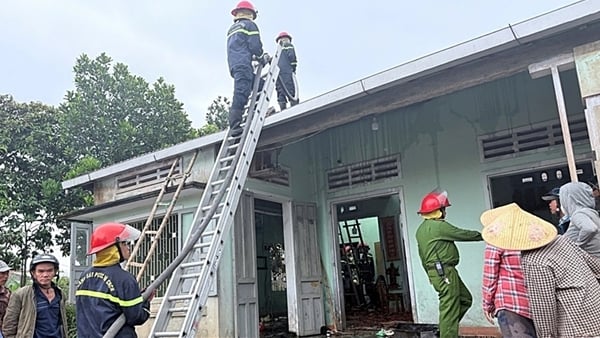






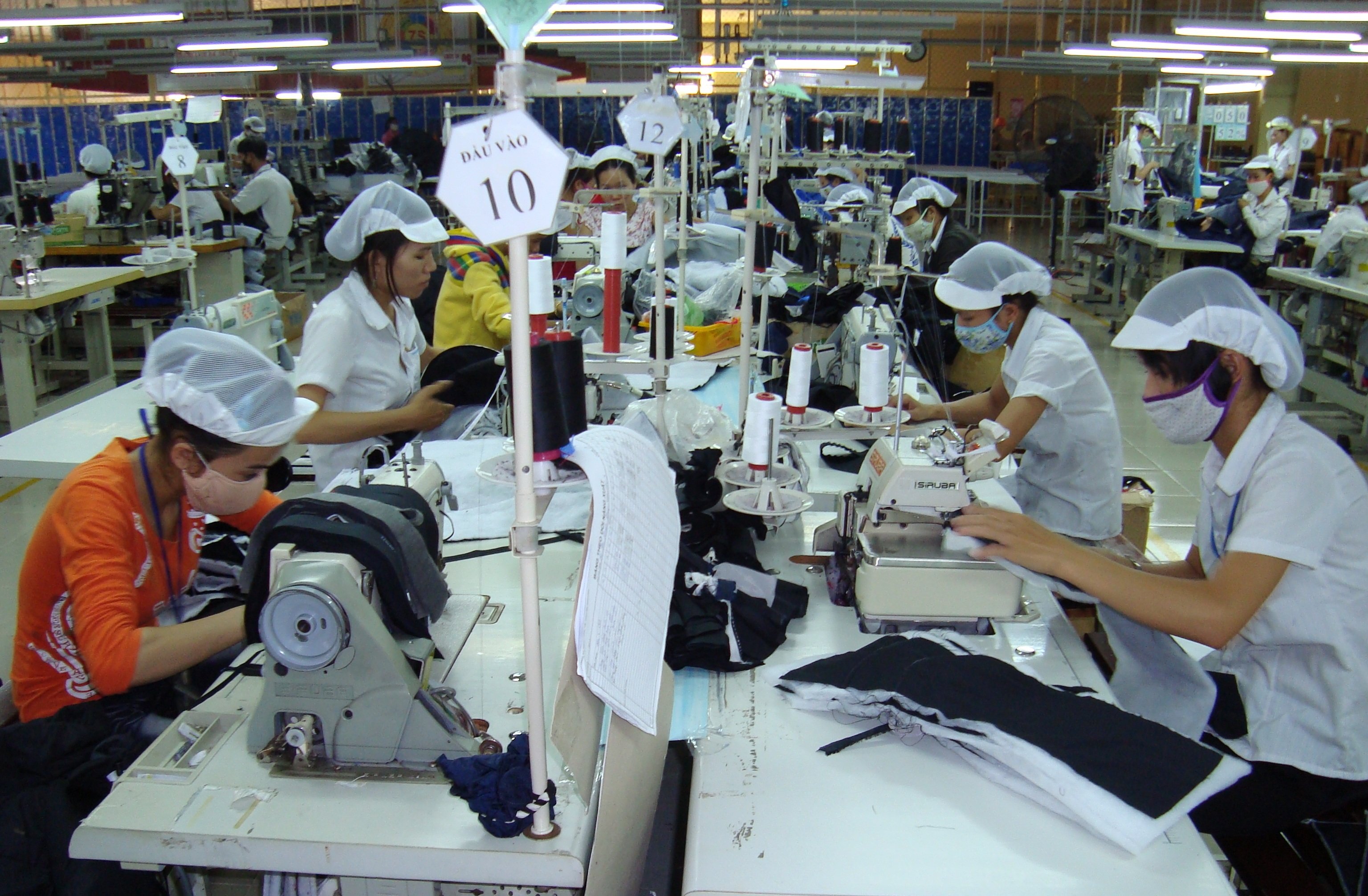







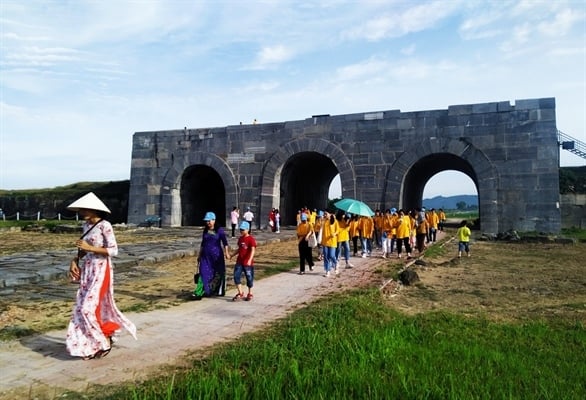

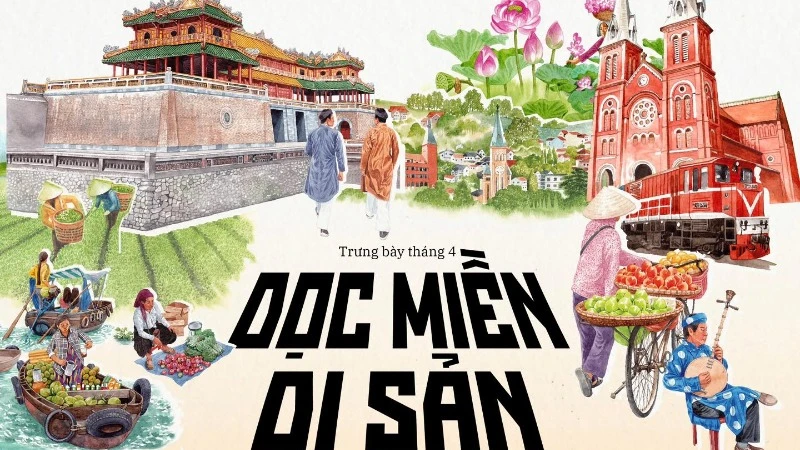

































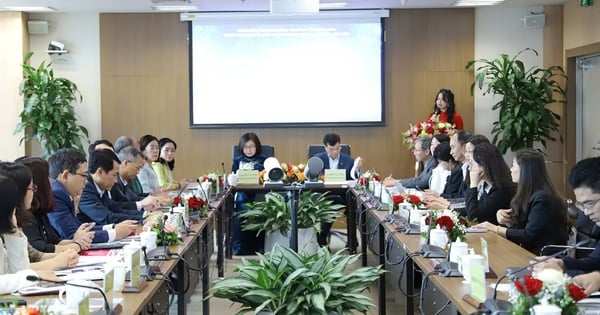



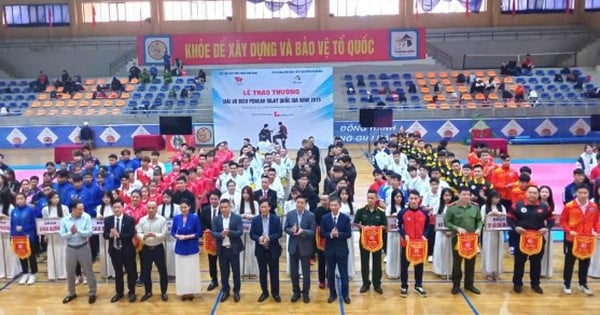

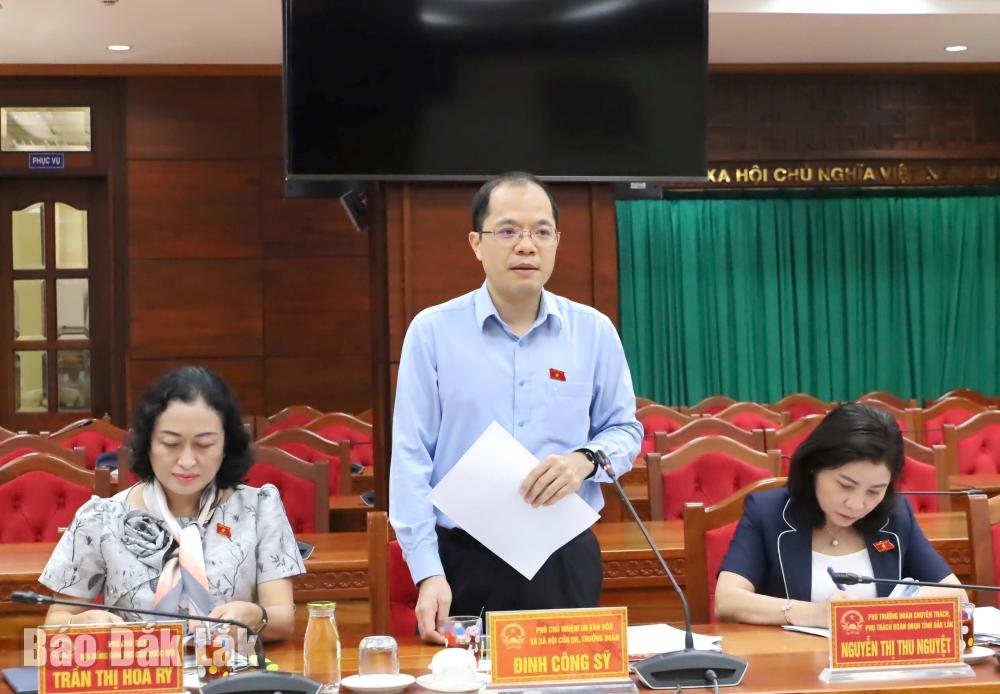

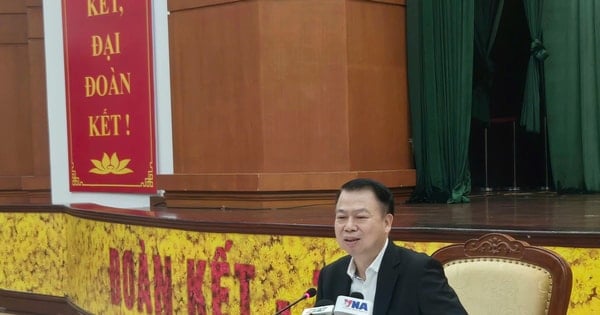

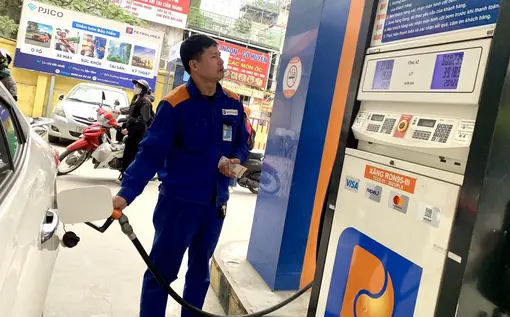

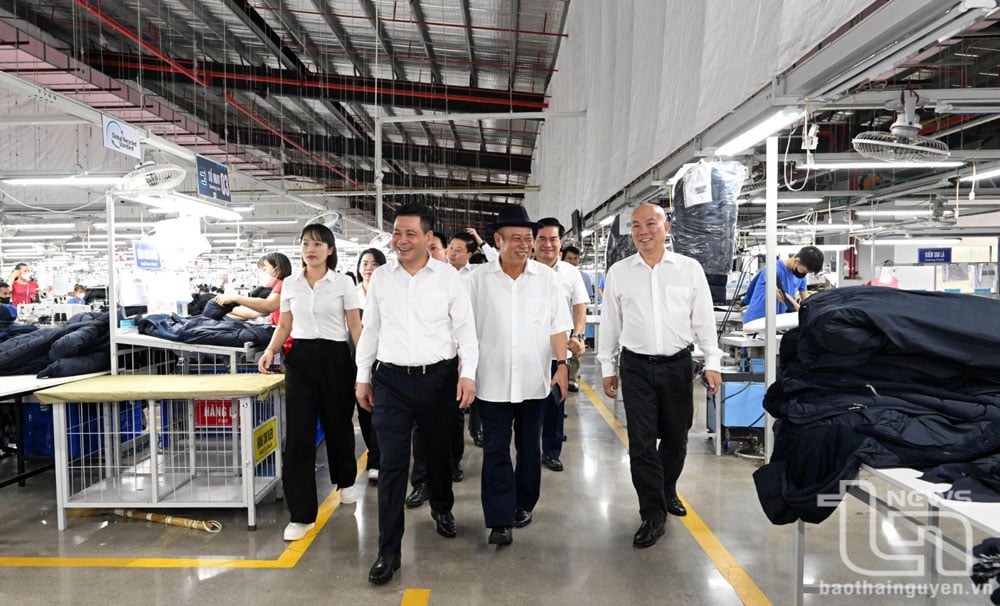












Comment (0)